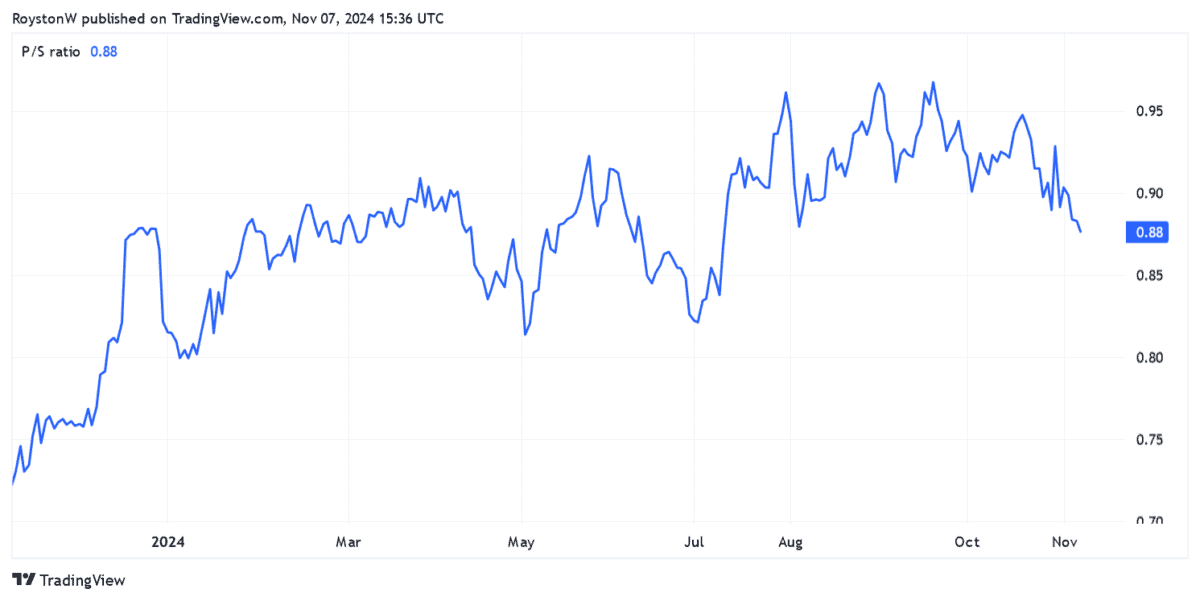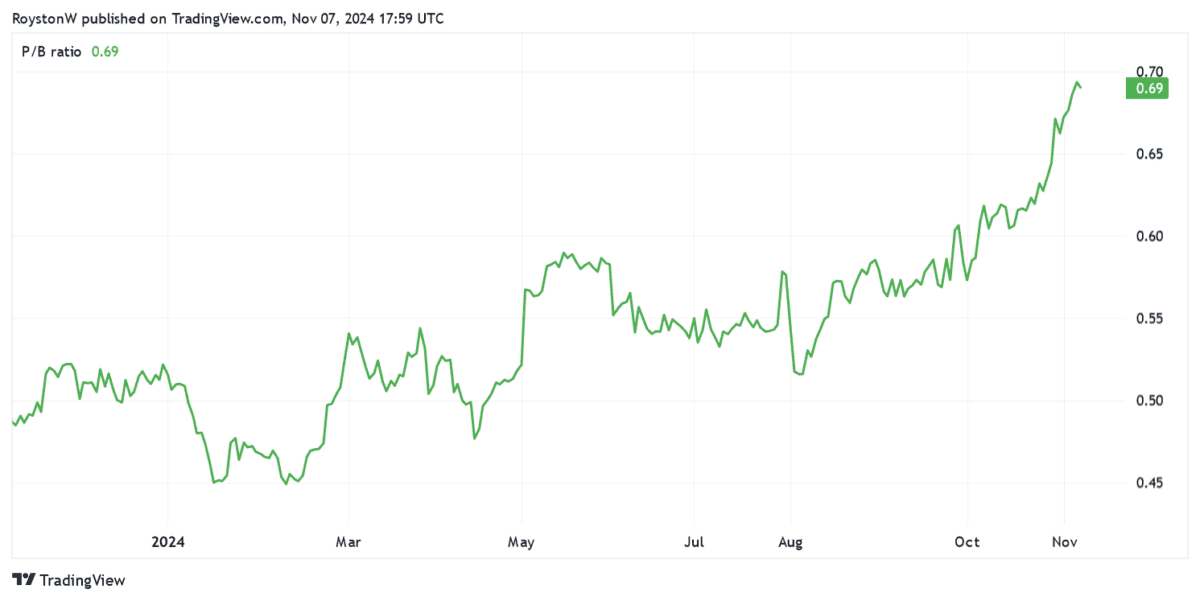2 cheap FTSE 100 and FTSE 250 stocks to consider today!

Image source: Getty Images
Buying cheap stocks can be a great way for investors to maximize their returns. Non-core stocks have scope for long-term price increases if profits increase. Additionally, companies that trade below value enjoy a margin of error that can limit price declines if market confidence sours.
With this in mind, here are two of my favorites FTSE 100 again FTSE 250 research prospects today.
The Grafton Group
As interest rates fall, the supplier of construction materials The Grafton Group (LSE:GFTU) could enjoy significant sales from now on.
The business operates a range of well-known brands such as Selco and Leyland. Although it operates in the UK, it derives 60% of its revenue from European markets including Ireland, Finland and the Netherlands.
Such diversification spreads risk and provides exposure to different growth opportunities.
Grafton’s built its foundation through a continuous series of acquisitions. And, happily, the firm still has a strong balance sheet that it can use to explore other growth opportunities (it acquired Spanish aircon specialist Salvador Escoda for €132m in October).
There are risks here as the Eurozone construction sector continues to struggle. In October, the construction purchasing managers’ index (PMI) remained deep in the area with 43 contracts.
However, this encouraging PMI reading is the highest in 10 months, and may be the first sign of a potential hike. With inflation back below the European Central Bank’s target of 2%, there may be a drop in interest rates which will boost construction activity across the Grafton region.
Besides, I think the cheapness of Grafton shares reflects an uncertain market outlook. As the chart below shows, its price-to-sales (P/S) ratio remains within the value zone of less than 1. It is a good share to consider at current prices.

Standard Chartered
Standard Chartered‘s (LSE:STAN) share price has risen sharply recently. But like the Grafton, it also offers excellent value, in my opinion.
The bank’s price-to-earnings (P/E) ratio is just 6.8 times, which is a long way below the index’s average of around 14.5. It is also below the P/E ratios of other blue-chip banks Lloyds, Barclays, NatWest again HSBC.
Meanwhile, StanChart’s P/S ratio is also a rock-bottom 0.7.
Finally, the price-to-book (P/B) ratio suggests that the company is trading at a discount to the value of its assets, as shown below. Like the P/S ratio, the value area stays below 1.

The bank’s low rating reflects threats posed by China’s troubled economy. However, I believe that the potential for significant profit growth outweighs this risk, and especially at today’s prices.
Past performance is not always a reliable guide to the future. But Standard Chartered’s ability to navigate these waters also gives me confidence as a potential investor.
It also raised profit guidance last month after operating income (in constant currencies) grew 12% in Q3. Operating income is now projected to increase by 10% this year, and by 5% to 7% in both 2025 and 2026.
As the financial industry in Asia and Africa is growing rapidly, I think StanChart could be one of the best performing FTSE 100 banks in the long term.
Source link



